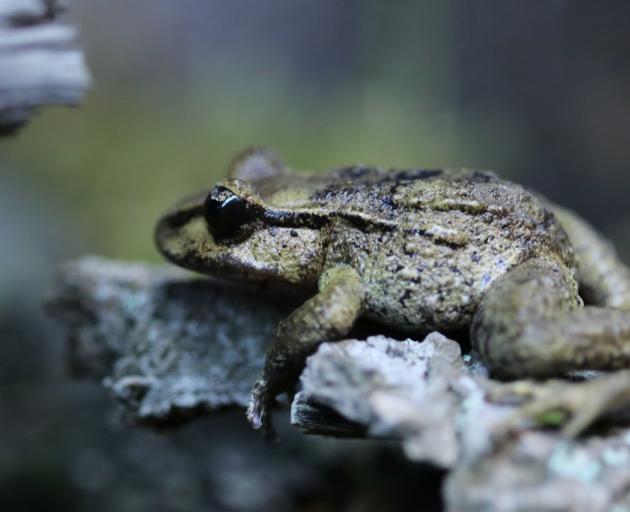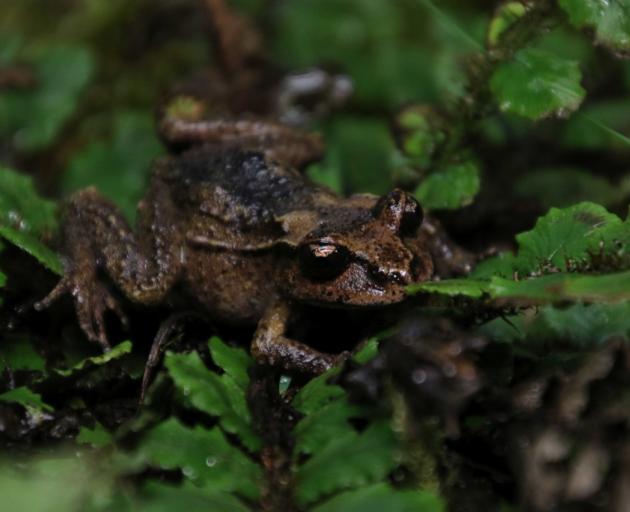
Native frogs land at Orana Wildlife Park
Orana Wildlife Park is back and offering visitors the chance to check out a species never seen before at the zoo - Maud Island frogs.
It is the first time the park has ever held a native frog. Six male and eleven female frogs, ranging from 18 to 25-years-old, have moved to a purpose-designed conservation facility at Orana.
One of the longest lived frogs in the world (more than 45 years in the wild), they were transferred as part of the Department of Conservation’s Native Frog Recovery Group plans. The ultimate, but difficult, aim is to breed the remarkable animals in captivity.
Native fauna manager Catherine Roughton said her team is "excited" to welcome the 5cm frogs - NZ’s largest.
“This is really exciting for our whole team.
"The frogs are so cool - they are very cute with big dark eyes.
"We are excited to join another breeding programme for a key native species.
"The team are committed to raising awareness on these treasured creatures whilst attempting to breed them.”

New Zealand native frog researcher Professor Phil Bishop transported the frogs from the University of Otago to Orana.
"This is a really big deal for Orana and for New Zealand frog conservation," he said.
"Scientifically, Maud Island frogs are genetically indistinguishable from Hamilton’s frog, which number less than 300 and are restricted to one island in Cook Strait.
"Breeding Maud Island frogs in captivity would make a significant contribution to native frog conservation and may even enable Hamilton’s frog to be secured in captivity too.”
New Zealand’s remaining native frog species belong to an ancient and primitive group and are all under threat. They are special animals with few relatives and considered evolutionarily distinct and globally endangered, Bishop said.
"They have remained virtually unchanged since they crawled around the toes of the dinosaurs."
The wild population of Maud Island frogs is around 30,000.
They remains at extreme risk due to predation, habitat destruction, disease and climate change, especially since they are restricted to just four small islands.
“Our frog habitat is one of the most technically challenging projects we have ever completed," said Roughton.
"Our team consulted extensively with Professor Bishop and our zoo partners to ensure we completed a state of the art habitat; it is designed to simulate the climate of Maud Island throughout the year.
“A range of interesting exotic amphibians, housed in completely separate enclosures, will also be added to the facility.
"Right now, we are delighted to offer visitors the chance to see and learn about Maud Island frogs. It is an absolute privilege for us to have such precious native fauna in our care," Roughton said.